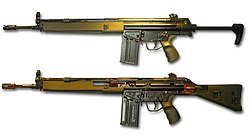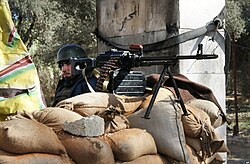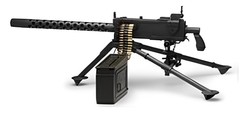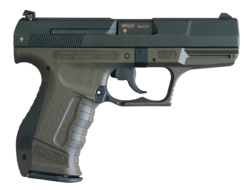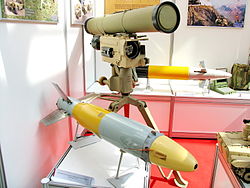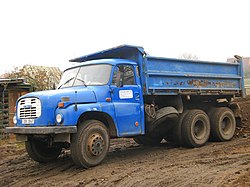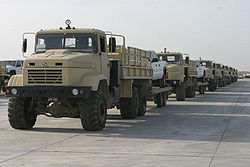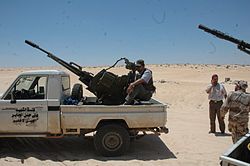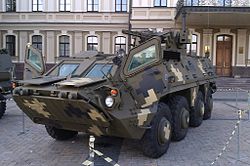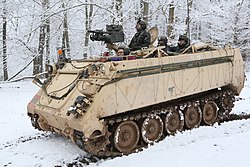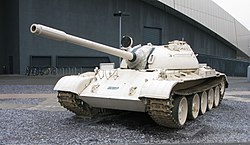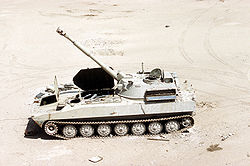This article has multiple issues. Please help improve it or discuss these issues on the talk page . (Learn how and when to remove these messages)
|
This is a list of some of the military equipment formerly and currently used by the Islamic State (IS). [1] [2]
Contents
- Small arms
- Assault and battle rifles
- Sniper rifles and anti-material rifles
- Machine guns
- Shotguns
- Pistols
- Explosives, anti-tank weapons, grenade launchers, and anti-aircraft launchers
- Artillery
- Mortars
- Towed guns
- Rocket artillery
- Anti-aircraft guns
- Vehicles
- Logistics and utility vehicles
- Tanks and armored fighting vehicles
- Self-propelled artillery
- Aircraft
- Watercraft
- Weapons production
- See also
- Bibliography
- References





















